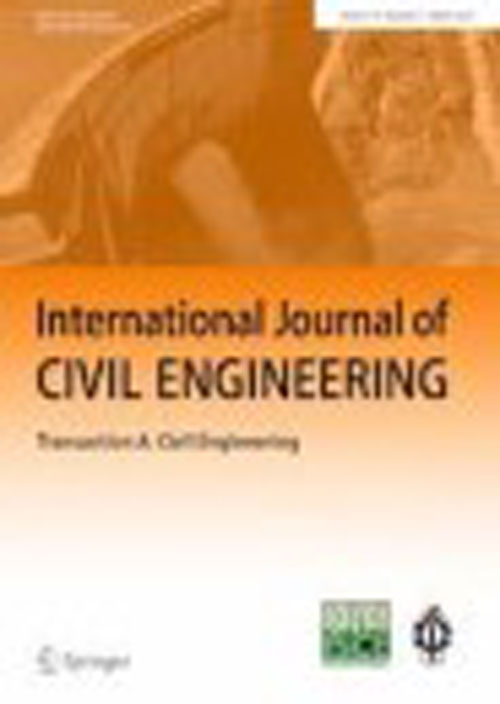Study on Optimized Piled-Raft Foundations Performance (PRF) with Connected and Disconnected Piles- Three Case Histories
Author(s):
Abstract:
It has been realized that the raft (mat) foundations are capable of bearing very large loads when they are assisted with a pile group. The contribution of both raft and piles to carry the surcharge loads is taken into account, considering the stiffness and strength of involved elements in the system, i.e. piles, raft and surrounding soil. The piles are usually required not to ensure the overall stability of the foundation but to act as settlement reducers. There is an alternative design in which, the piles are disconnected from the raft to reduce the settlement, which are then known to be “settlement reducer disconnected piles” to increase the system stiffness. In this paper, two and three dimensional finite element analysis of connected and disconnected pile-raft systems are performed on three case studies including a 12-storey residential building in Iran, a 39-storey twin towers in Indonesia, and the Messeturm tower, 256m high, in Frankfurt, Germany. The analyses include the investigation of the effect of different parameters, e.g. piles spacing, embedment length, piling configuration and raft thickness to optimize the design. The role of each parameter is also investigated. The parametric study results and comparison to a few field measurements indicate that by concentrating the piles in the central area of the raft foundation the optimum design with the minimum total length of piles, which is considered as control parameter for optimum design, is achieved. This can be considered as a criterion for project cost efficiency. On the other hand, disconnected piled-raft systems can significantly reduce the settlements and raft internal bending moments by increasing the subsoil stratum stiffness. Finally, the comparison indicates that simple and faster 2D analysis has almost similar results to the time consuming and complicated 3D analysis.
Keywords:
Language:
English
Published:
International Journal of Civil Engineering, Volume:10 Issue: 2, Jun 2012
Page:
100
https://www.magiran.com/p1003759


